BRASÍLIA 50 ANOS | The Buildings :: The Palace of the Dawn as Seen by Elizabeth Bishop in August 1958
Imagine. It’s August 1958. You’re the Pulitzer Prize winning American poet Elizabeth Bishop living in the Samambaia neighborhood of Petrópolis, north of Rio de Janeiro, with your partner, Lota de Macedo Soares.
Lota de Macedo Soares + Elizabeth Bishop
The Modern home (complete with writers studio) your lover built for you (by architect Sergio Bernardes) is also a prize winner. Lota herself is a self-taught architect and you have opinions and know a thing or two about architecture.
Photo > Katrina Dodson
One thousand kilometres away on the country’s high plateau, the planalto, President Juscelino Kubitschek is building Brasília, his dream city of the future. It’s designed to be a symbol to his people and the entire world: Brasíl is a modern country capable of building an ultramodern capital in the literal middle of nowhere. It’s a confrontation with Brasíl’s colonial past. A break from yesterday and a bold embrace of the world of the tomorrow. This white city of the future is a huge exercise in rebranding an entire nation.
It’s also meant to drag Brasíl (and Brasileiros) into the country’s empty interior, away from the teeming coastal regions.
Juscelino + Sarah Kubitschek
Aldous Huxley is set to arrive in Rio. You’re a bit uncertain about him (he’s just published Brave New World), but know his second wife, Laura Archera (“an old friend”), and look forward to their visit.
Laura + Aldous Huxley
The Itamaraty (Ministério das Relações Exteriores) wants Huxley’s opinion of the new city on the planalto; they’re hoping for a rave review of the new capital. He invites you along; together you’ll witness the building of Brasília.
Oh — and during the trip the gang can make a side tour to visit to an Indian village and see how the Amazonian natives (“the most primitive people left in the world, except for the African pygmies”) live.
It sounds like a plan. You were feeling restless and contemplating a visit to Brasília anyway to ‘‘write some sort of article about it.”
Although Lota and your set are vehemently opposed to the very idea of a new capital (you suspect Lota’s pride in “hyper-glamorous” Rio de Janeiro plays a role in her opposition), you’re open to the idea of viewing this marvel unfolding out of nothing.
So, you make the trip.
The Palace of the Dawn from the air, circa 1958 > The Brasília Palace Hotel is in the upper right corner
You stay at the only hotel in town (the only nice one, that is), the Brasília Palace Hotel — the second building to be built. The Palácio da Alvorada (Palace of the Dawn), the poetically named Presidential pile, was first.
The Palace of the Dawn is the view from your brand new suite in your own “Palace.”
There’s not much else to see in the city; this is, after all, just the initial phase of this massive construction project. A few superquadra are on the rise, and a chapel has been built.
You’re not too keen on the place in general (everything is coated in red dust — it gets into everything). But your eye for detail is keen on documenting the here and now of this strange new, Space Age place.
So you focus your writing on your official tour of the Palace of the Dawn and contrast that with a visit to the favelas on the outskirts that house the candangos who are building this strange new world.
The other hotel in Brasília in 1958
°
°
°
Then it’s off to the jungle to hang with some Indians. This tribe is used to contact with the outside. They’re friendly and intriguing. One chap has been hoarding the cigarettes he’s bummed from the “visitors” who come and go. They all love Laura’s Land Polaroid camera. That’s the future, too — instant photography. In the future, waiting is outlawed.
You write your piece, “A New Capital, Aldous Huxley, and Some Indians,” but The New Yorker rejects it (“the material just didn’t go together, Huxley didn’t say anything of interest”), so you put your manuscript away (“it was rather dumb of me to put in so much time on it’’).
It’s now 1959. Inflation’s running wild in Brasíl. The editors of the Life World Library series want you write a book about the country for them. You agree, but it’s a terrible mistake. You wrangle with them. In 1962, Brazil “by Elizabeth Bishop and The Editors of LIFE’’ is published.
Only fragments of your 1958 piece are used in the book. Here’s your assessment of Brasília from Brazil:
You die in 1979. You’re considered “one of the most important and distinguished American poets of the 20th century.”
In 2006, The Yale Review publishes the full text of “A New Capital, Aldous Huxley, and Some Indians.”
The editors at The New Yorker back in December 1958 were fools.
Photo > “Palace of the Dawn” 1 February 1960 by Frank Schersc
unknown photographer via > Flavio Gomes
unknown photographer via > Flavio Gomes
The Palace of the Dawn is a large, rectangular, greenish (because Ray-Ban) glass box, framed lengthwise by swooping, off-white, pillars, ten on the far side in an unbroken series, and eight on the front, allowing a space for the entrance. From the outside it is certainly one of the most beautiful of all Oscar Niemeyer’s buildings. The pillars, in particular, are an architectural triumph: it is, after all, no mean feat to invent a new ‘order.’ If one imagines a chain of huge white kites, poised upside down, then grasped by giant hands and squeezed in on the four sides until they are elegantly attenuated, one can picture them fairly accurately. They are covered with slabs of a crystalline Brasilian marble, and their bases, that is, the heads of the upside-down kites, theoretically narrow to point zero, and actually the part resting on the ground is only about six inches wide. In his Modulo article Niemeyer says that by means of these delicate dimensions he hoped to give the Palace ‘lightness and dignity – as if it had just landed gently on the earth.’ And in this he has succeeded completely, even if the other-planet atmosphere of all Brasília just now comes to his assistance – the incongruous soldiers, the strange, clumsy hotel, the hit-or-miss shacks and palm-trees, might all have ‘just landed,’ too – the effect of the Palace is completely original and yet immediately acceptable as a masterpiece of lightness and grace.
These pillars fascinated us all; they were patted and photographed and discussed for some time, Huxley and others even climbing down from the long porches to look at them from underneath. (They have quickly become a symbol for Brasília, appearing over and over in magazines and newspapers, as well as on the little silk banners, the hotel writing-paper and black imitation-leather zipper bags given to the guests.)
On either side of the entrance are square shallow pools of the same marble as the pillars; one contains a bronze statue of two female figures pierced with holes, by the Brasilian sculptor, Ceschiatti,
Foto > Rafael Herzog
the other a thin slab, like a sign-post, bearing an inscription in bronze.
Also in front of the Palace we were shown a magnolia tree, about a yard high, that had been planted by Secretary Dulles just a few days before. (About a week later President Gronchi planted an Italian cypress in Brasília. There had been plans for Imperial palms grouped near the Palace but lately the variety of palm has been changed to the regional buriti, not so tall nor so elegant, but a very presentable tree, nevertheless.)
The porch or gallery of the Palace extends beyond it on the left side, then curls around on itself and upwards in a small, exuberant, if snail-like chapel – a sort of airy, Latin, wave-of-the-hand concluding gesture to the static dance of the linked pillars. At least that is the idea; the chapel struck most of us as out of scale, perhaps a shade too small for the pillars. Its snail-with-a-sail facade is topped by a slender brass cross that looks exactly right, but the small window cut through the marble below it, a square hole opening onto space, seems a bit theatrical, even if it is strongly reminiscent of the small windows of the early mission churches in Brasíl.
Once inside the Palace, I am sorry to say, the effect of coolness and airy grace vanishes. The decorating was done by Niemeyer and his daughter; the colors are frequently harsh and the furniture seems meagre and badly arranged – but surely many additions and changes will be made. We stepped in onto hot turkey-red carpets, extra-thick (‘Nylon foam?’ someone tentatively asked the secretary who was showing us around), laid down between walls of mirror and glittering gold tile. A rail-less, red-carpeted ramp (we were told that Secretary Dulles had almost fallen off that) goes up to the right, to the Salão Nobre. Here are a grand piano and a few groups of sofas, and upholstered and brass-and-leather chairs, some of which, at first glance, looked like the Mies van der Rohe Barcelona chair but which, as one discovers on trying them, are a smaller and not too comfortable copy of it.
Perhaps it should be said that Brasíl, like Italy, Spain, or Portugal, has never had our northern ideas of comfort in the home. Until recently all beds were very hard, sometimes even of leather or cane, because hard beds are cooler in a hot climate; floors were of stone or tile or bare jacaranda planks; and chairs and sofas, when copied from foreign designs, often used woven cane instead of stuffed upholstery. The thick walls, extremely high ceilings, and small shuttered windows of colonial days were cool and appropriate; the ‘modern’ interior, with its frequently soft and low furniture, light colors, and great areas of glass, has really not been completely adapted (as yet) to the Brasilian climate.
Perhaps we were too harsh in our criticisms as we trooped from room to room; I think that only Huxley failed to comment on the heat and glare. Across either end of the glass box that makes up the Palace is a long room, each with chairs and long table. One is the formal dining room, the other the Dispatch Room. Both are curtained only at the sides, that is, the ends of the box, and the afternoon sun pours into them through the glass front of the building; the wood of the tables was already crackling. The inner walls are panelled with large squares of deeply corrugated jacaranda, Brasil’s handsomest wood. On the upper, shaded parts of the walls the effect is very beautiful, almost like tortoise-shell, but lower down, where the sun strikes, it, too, looks dried and lusterless. Perspiring and occasionally dropping onto the nearest chairs, we rudely asked our guide about air-conditioning, but he replied that it wasn’t necessary.
A floating staircase goes straight from the Salão Nobre and is also carpeted in thick turkey-red. Upstairs, the halls are panelled in delicate tan ‘Ivory Wood,’ or satin wood. We saw only one bedroom, looking like any twin-bedded, chintz-hung guest room, but its adjoining bath was truly magnificent in chromium and thick gray marble, with a square sunken bath sloping from the ends to the middle, like a sagging double bed. Under the bedroom windows, overlooking the swimming-pool, runs a shaded balcony of highly polished slabs of rich green marble, a beautiful material but surely out of keeping with the building’s light structure and the over-delicate panelling just inside.
At present the Palace walls are almost bare; downstairs are two tapestries and a few small paintings by Emilio Di Cavalcanti. This austerity and lack of ornament reminded Huxley of a very different tour he had once made through Buckingham Palace, where every inch of wall space is covered with paintings, and every table loaded with photographs commemorating incidents in the lives of the royal family. We gathered around him in the heat of the upstairs hall while he talked for quite a while, and very entertainingly, about George V’s bedroom arrangements.
Outside, workmen were laying turquoise blue tiles in the cavernous swimming-pool while three or four soldiers with their tommy-guns peered over at them – out of curiosity, boredom, or perhaps it was their duty. In the middle of the pool is a high, jagged imitation rock or island, the top of which is supposed to be planted with a garden – at an acute angle. However, I was later told that Niemeyer is not pleased with this ‘modern’ but curiously Gothic-revival detail and may change it.
To the right are the servants’ quarters, a long, sunken wing with just a flat roof and a line of narrow windows showing above ground, connected with the Palace by a subterranean passage. This seems an extremely feeble, not to say depressing, solution to the problem of where to put the forty or so servants needed for the Palace. The crystal box is not for them, but there is certainly space enough in all directions, and apparently money enough, to have them at least housed on the surface, like their employers. In the old days, slaves were often kept in the dank basements of Rio houses; even now, the rooms and bathrooms provided for servants in up-to-date and luxurious Copacabana apartment houses shock the sensibilities of foreign residents – but surely in Brasília, sometimes referred to as ‘the most modern city in the world,’ Niemeyer, of all architects, should not have found it necessary to put them underground.
As we were leaving the Palace I realized that its more disappointing features had reminded me, in some way, of the house Niemeyer built for himself in 1954, on a hillside just outside Rio, and when I got back home I looked up what Henry Russell-Hitchcock had had to say about that in his book Latin American Architecture.
Confirming my own amateur suspicions, I found this: ‘The pavilion contains only the main living areas and the kitchen. All other facilities are hidden away below the terrace with no relationship at all to the pavilion on top. Only, perhaps, its own designer and his family would find this an altogether comfortable residence …’ Niemeyer’s house, of course, is not at all like the Palace of the Dawn in Brasília, having been designed ‘in response to the landscape’ in an interlocking set of curves, ‘in a harmony between the boldly rounded outline of the hills and the sinuous curves of his plan.’ Niemeyer’s response to the flat empty spaces of Brasília has been this transparent, gracefully supported, but essentially severe, box; but in both cases his solution of practical problems seems to have been the same: put them underneath, or underground, like a lazy housewife shoving household gear out of sight under a deceptively well-made bed.
…
After midnight, kept awake by strains of dance-music from the hotel dining-room, where the President’s party was in progress, I lay in bed studying the illuminated green-blue aquarium of the Palace of the Dawn, off in the distance. It is a pity, I decided, that the kite-like pillars are not spot-lit at night. As it is, their effectiveness is lost after dark because they show up only as formless shadows on the lighted glass box. But undoubtedly they eventually will be.
– Elizabeth Bishop, “A New Capital, Aldous Huxley, and Some Indians.” The Yale Review, 94:3 pp. 76-114.
…
°
°
°
With thanks to Barbara Page and The Yale Review.

designKULTUR: BRASÍLIA | THE BUILDINGS :: THE BRASÍLIA PALACE HOTEL AS SEEN by ELIZABETH BISHOP in AUGUST 1958
Wikipedia: Elizabeth Bishop
Poetry Foundation: Elizabeth Bishop (1911-1979)
About this entry
You’re currently reading “BRASÍLIA 50 ANOS | The Buildings :: The Palace of the Dawn as Seen by Elizabeth Bishop in August 1958,” an entry on designKULTUR
- Published:
- 2010/06/29 / 03:47































































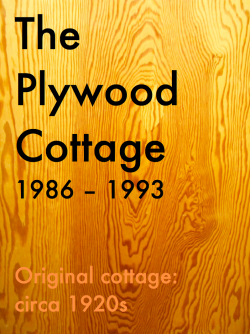









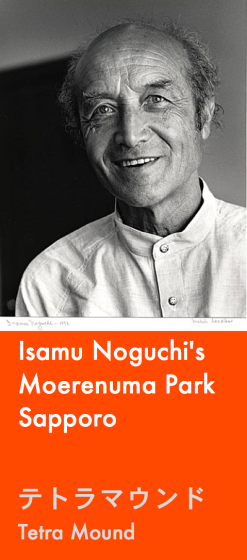

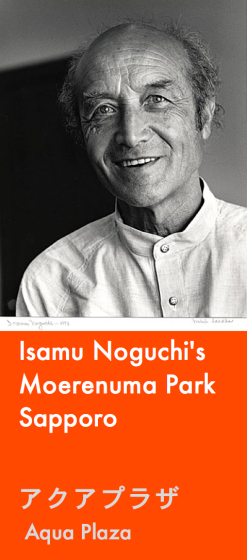

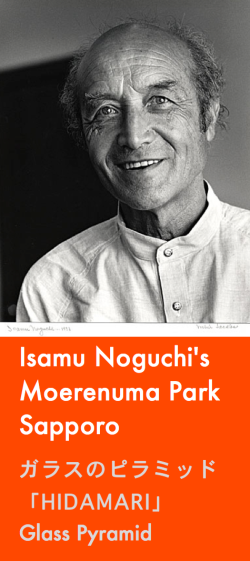







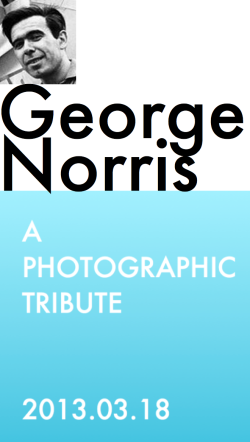









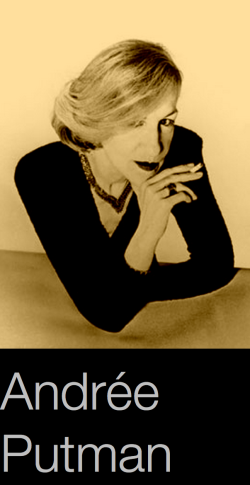


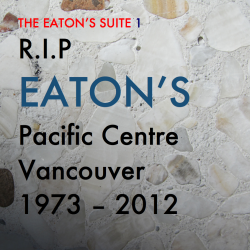













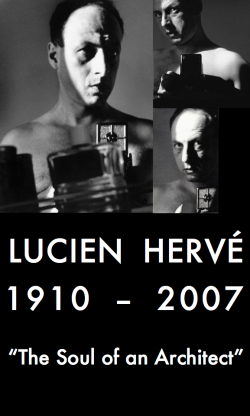
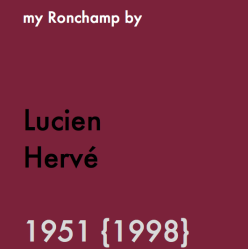
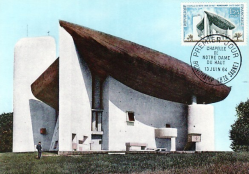












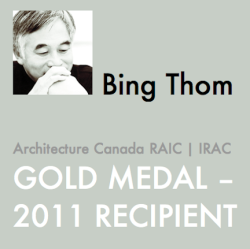































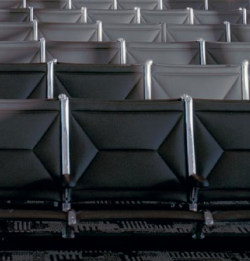




























No comments yet
Jump to comment form | comment rss [?] | trackback uri [?]